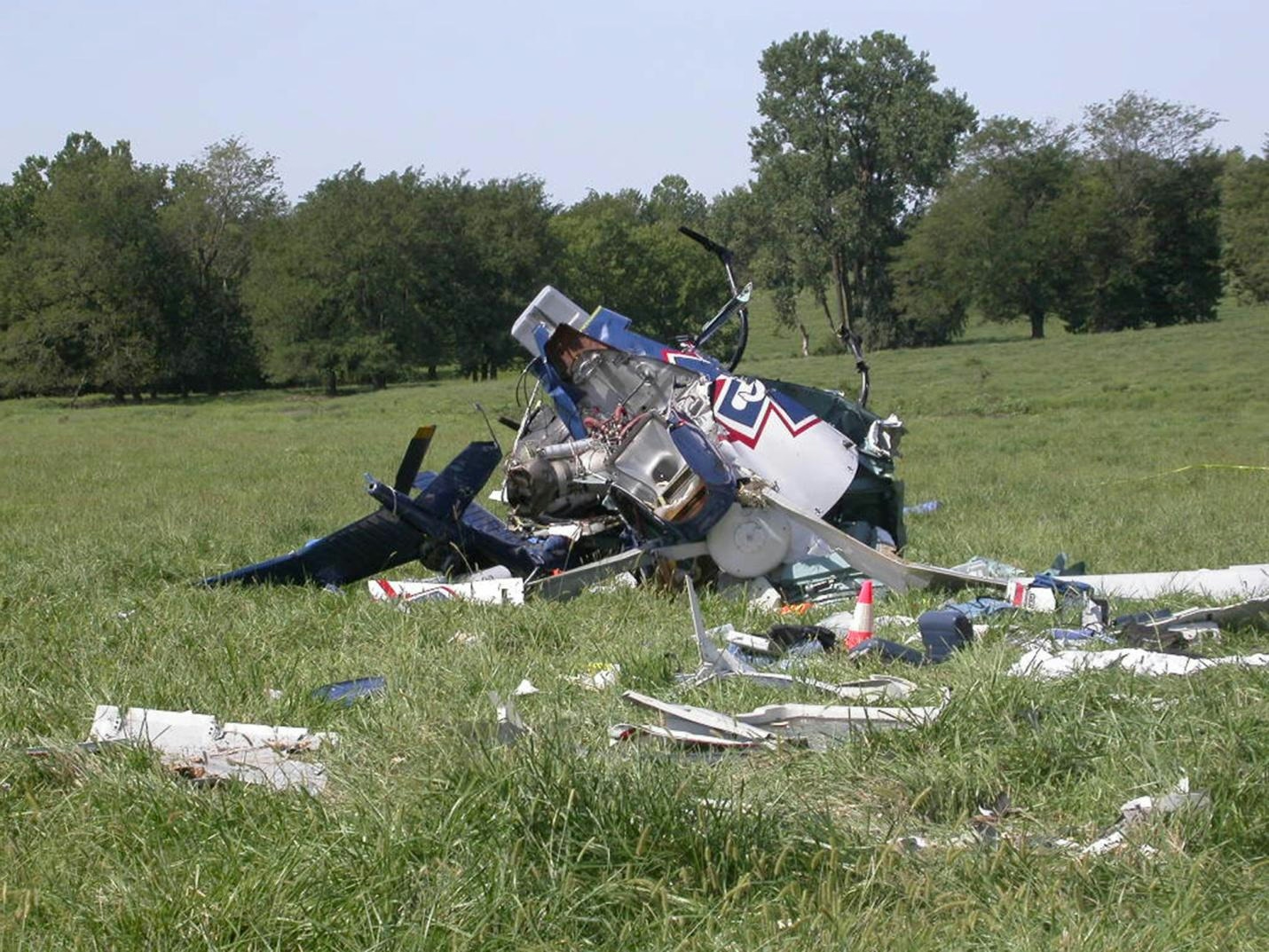
AeroGenie – Ihr intelligenter Copilot.
Trends
Categories
Norwegian Air Orders 11 Spare Leap-1B Engines
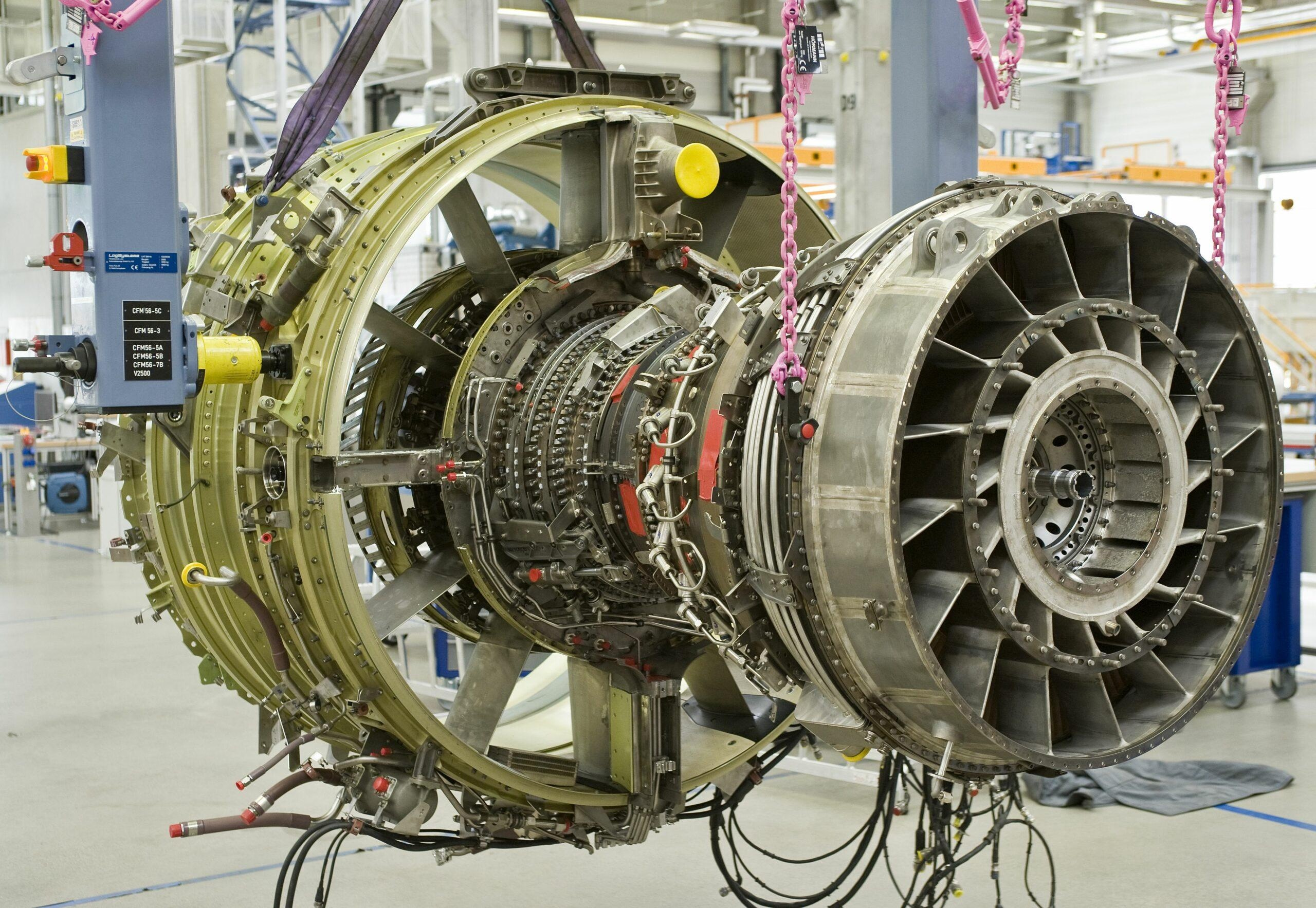
Norwegian Air Orders 11 Spare Leap-1B Engines to Bolster 737 Max 8 Fleet
Strengthening Operational Resilience
Norwegian Air has confirmed the acquisition of 11 spare CFM International Leap-1B engines to support its expanding Boeing 737 Max 8 fleet. This strategic purchase aims to enhance the airline’s operational resilience and improve cost efficiency. The new engines are scheduled for delivery between 2027 and 2028, supplementing the two spare Leap-1B engines already in Norwegian’s inventory.
As of the end of the first quarter, Norwegian operated a fleet comprising 25 Boeing 737 Max 8s alongside 64 Boeing 737-800s. The airline is also preparing to receive additional Max 8 aircraft later this year, drawn from a prior order of 50 planes. Norwegian emphasized that securing spare engines is a critical measure to maintain flight schedules and minimize disruptions, particularly as it scales up its Max 8 operations.
Navigating Supply Chain Challenges
The order arrives amid persistent challenges within the aviation supply chain, including potential logistical delays and fluctuating prices for essential components. Successfully integrating the new engines into Norwegian’s growing fleet will require meticulous coordination to ensure operational continuity and cost control. These complexities are expected to attract close attention from investors and industry analysts, who are monitoring the airline’s efficiency and financial stewardship in a highly competitive market.
Industry Context and Competitive Dynamics
Norwegian’s announcement follows a similar move by rival Ryanair, which disclosed on 10 June its intention to purchase 30 spare Leap-1B engines to support its 737 Max 8-200 fleet. The parallel investments by two leading European low-cost carriers underscore the intensifying competition for market share and operational reliability within the sector. As airlines prioritize minimizing disruptions and maximizing fleet availability, the procurement of spare engines is emerging as a vital strategy to uphold service dependability and customer confidence.
With both Norwegian and Ryanair committing significant resources to spare engine capacity, the budget airline segment is poised for increased competition. Carriers will need to carefully balance their growth objectives against the ongoing challenges of supply chain management and cost containment.

Fifteenth National Games Model Aviation Finals in Longhua Showcase Drone Sports and Innovation
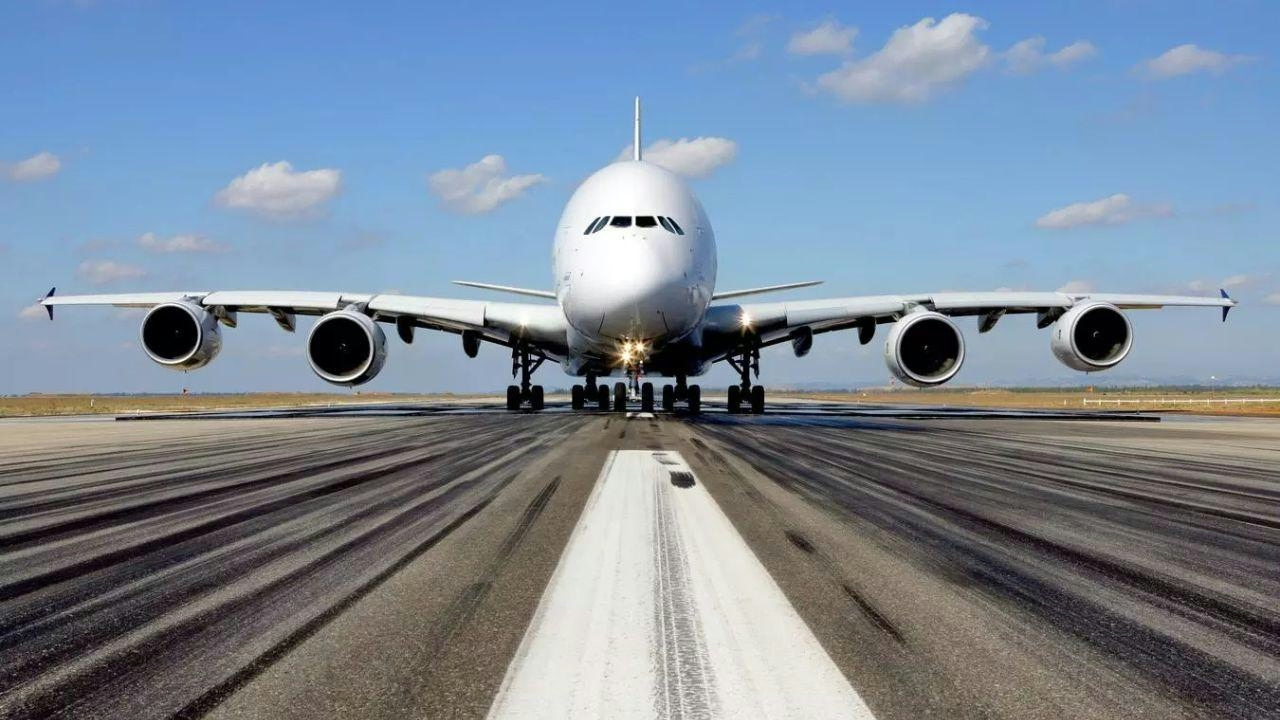
Brazilian Woman Becomes First Female Captain of Airbus A380
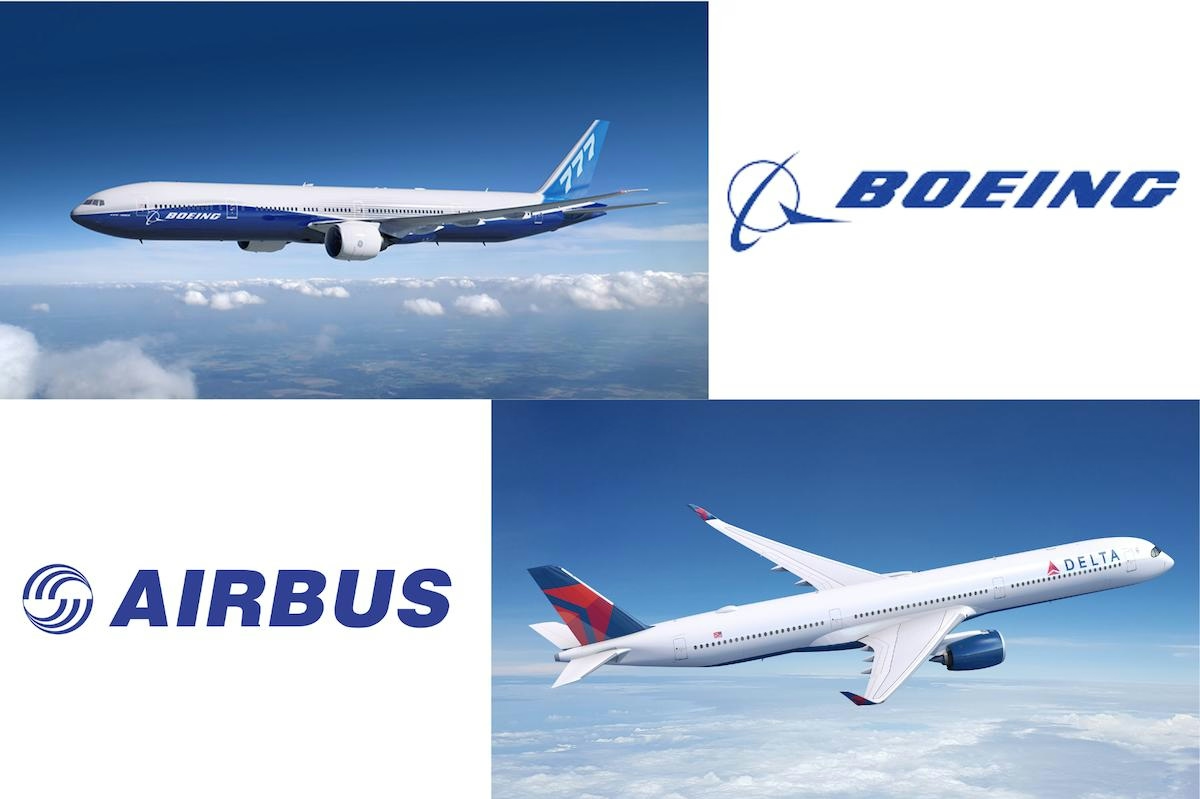
Airbus and Boeing: Comparing Their Global Reach
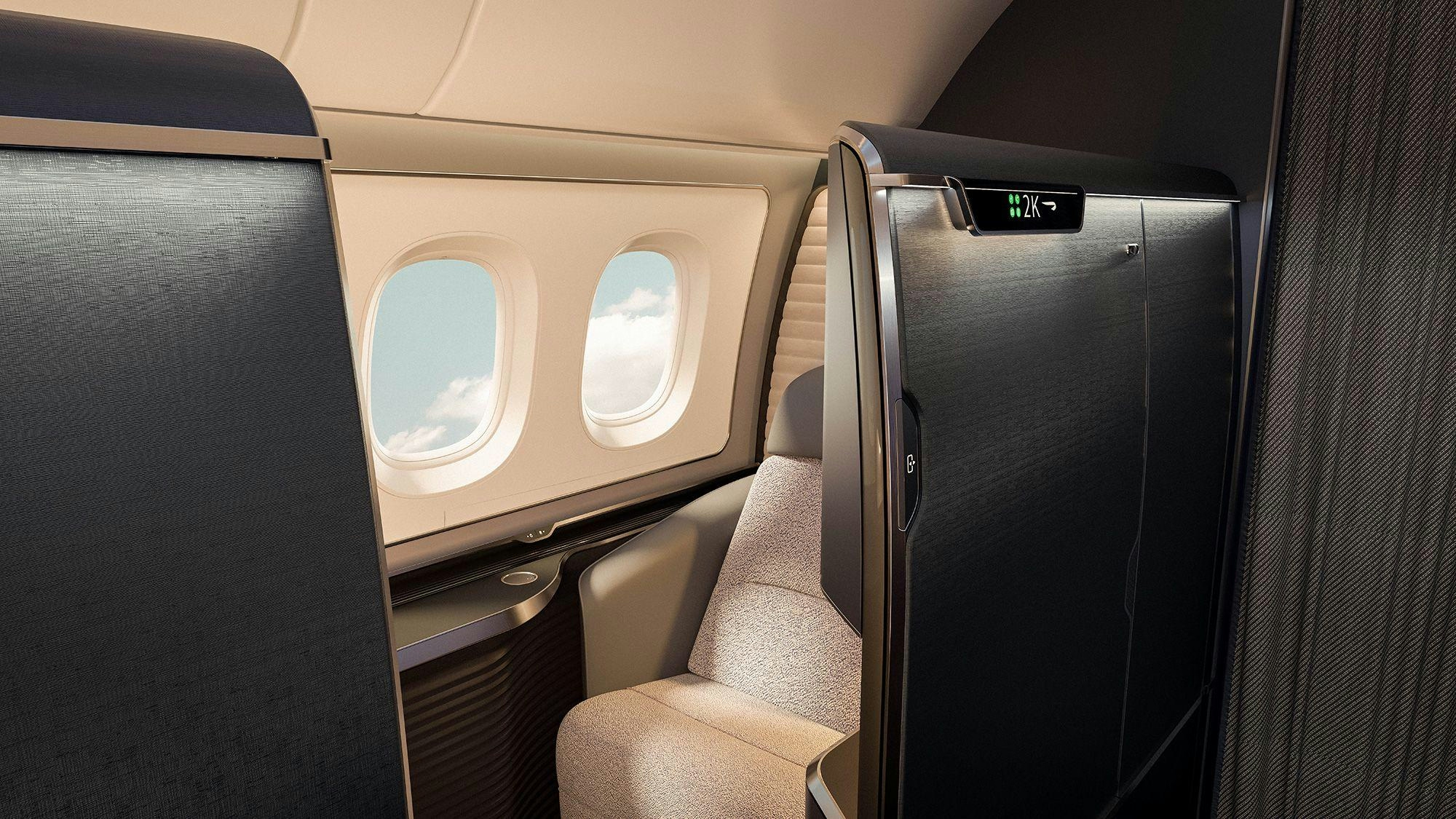
The Aircraft Set to Replace the Iconic Superjumbo

Delta Air Lines Introduces AI-Powered Concierge Service

Shanghai to Host 2025 North Bund International Aviation Forum
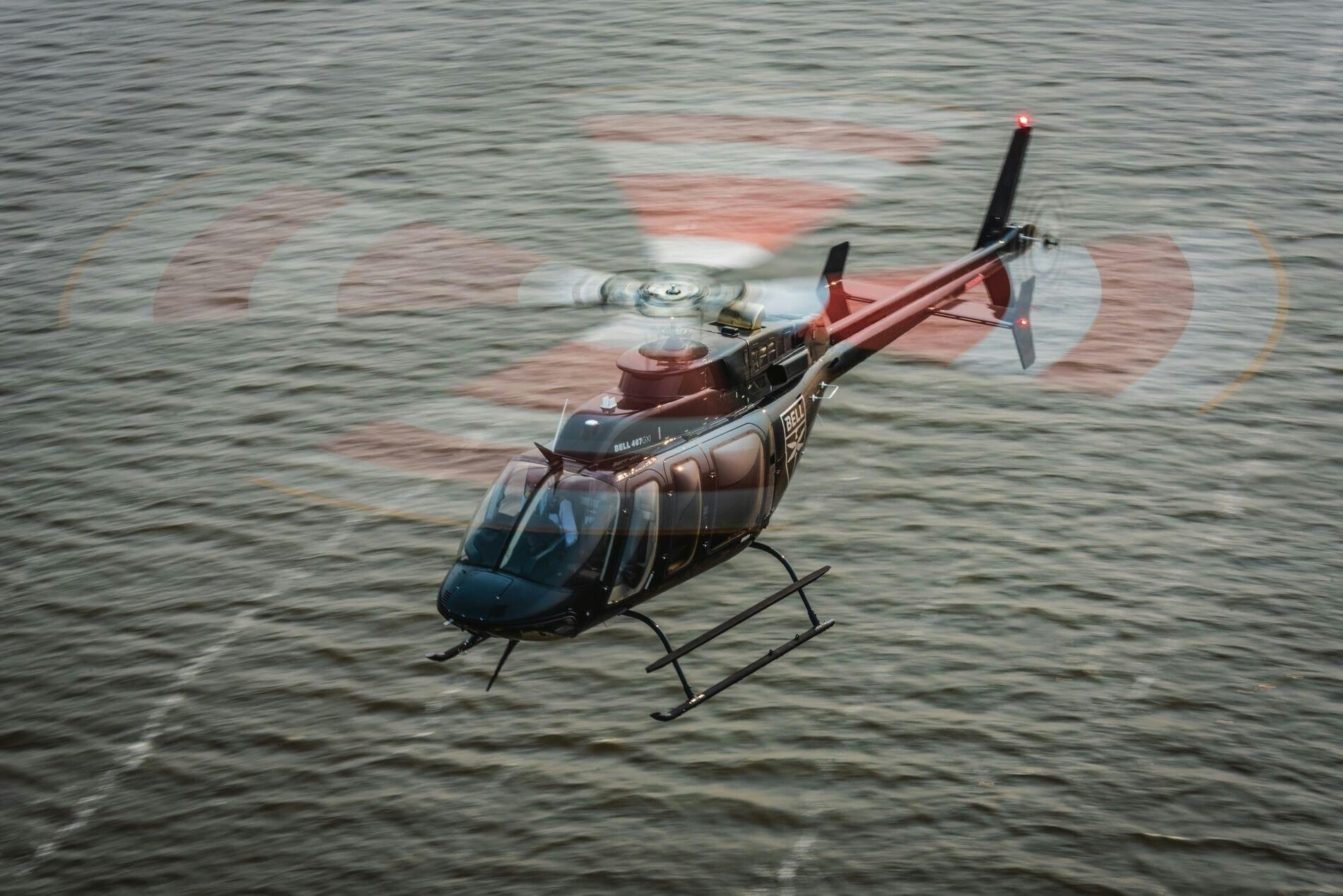
Air Methods Acquires Three Bell 407GX Helicopters and Receives Bell 429 for Medical Fleet
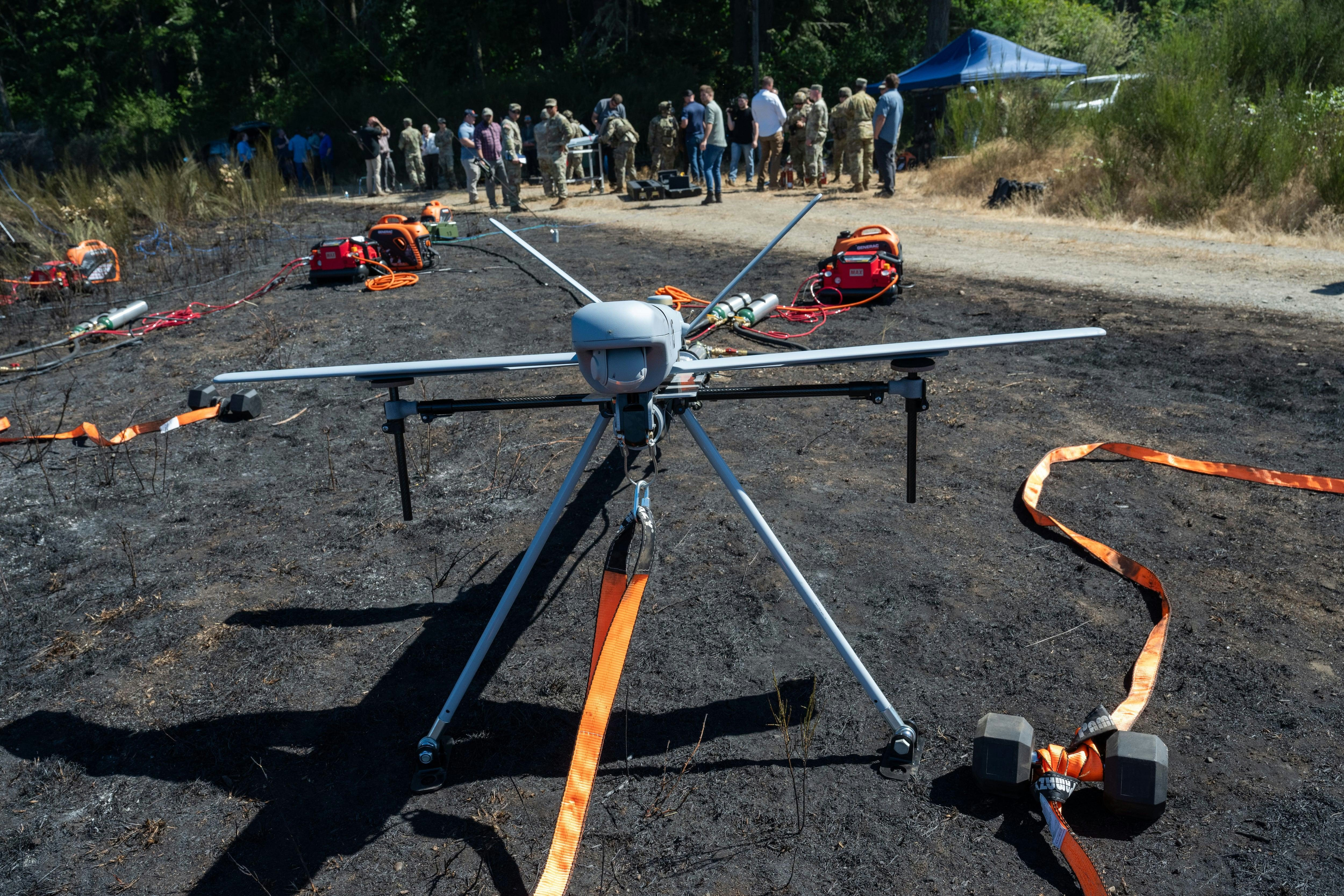
Anduril’s Drone Wingman Completes First Flight After Software Delays
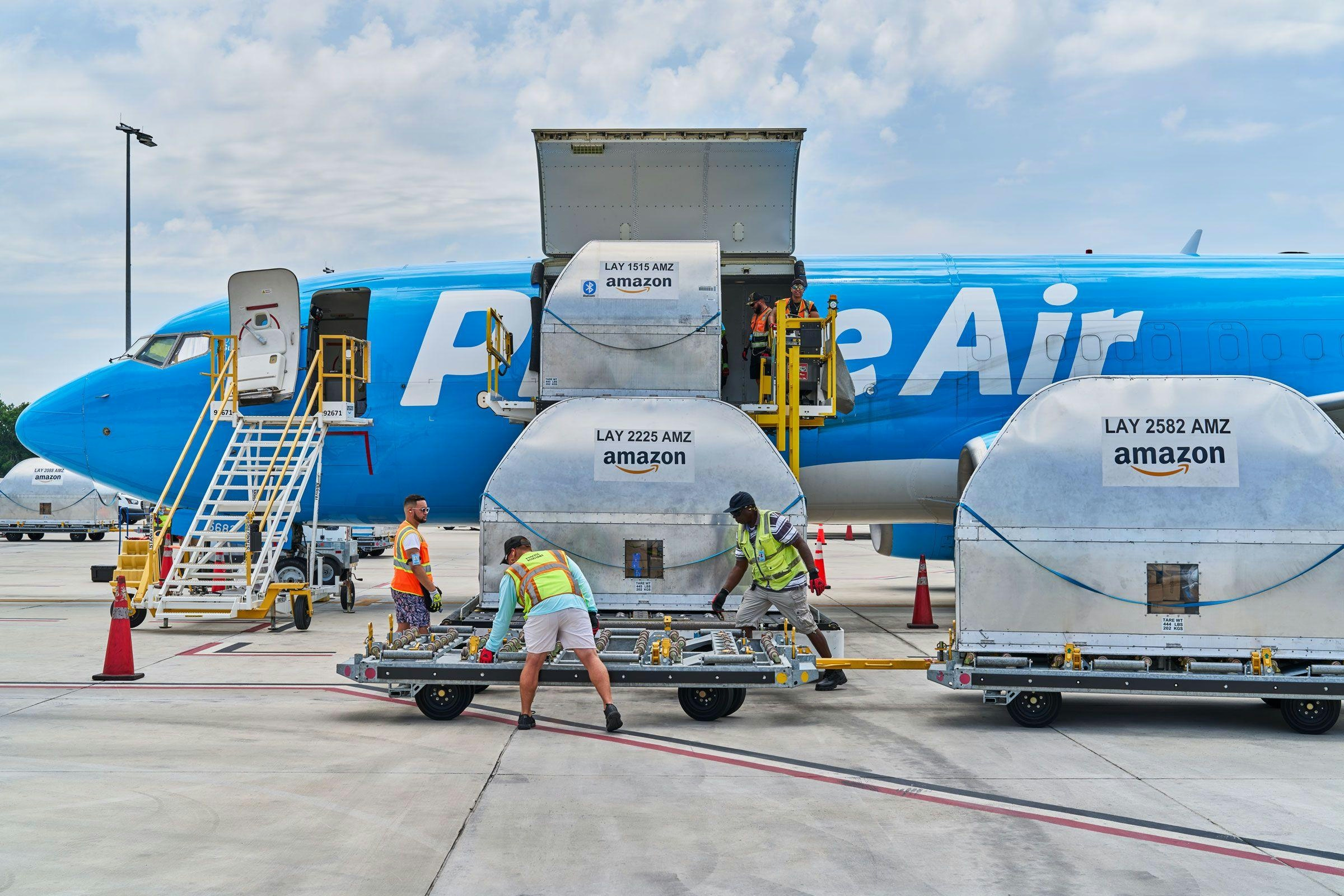
Amazon Launches Cargo Flight to Enable Next-Day Delivery in Hawaii
